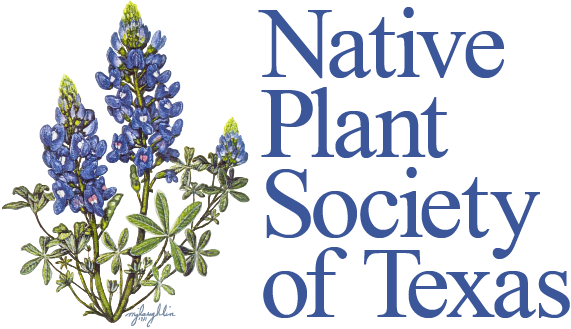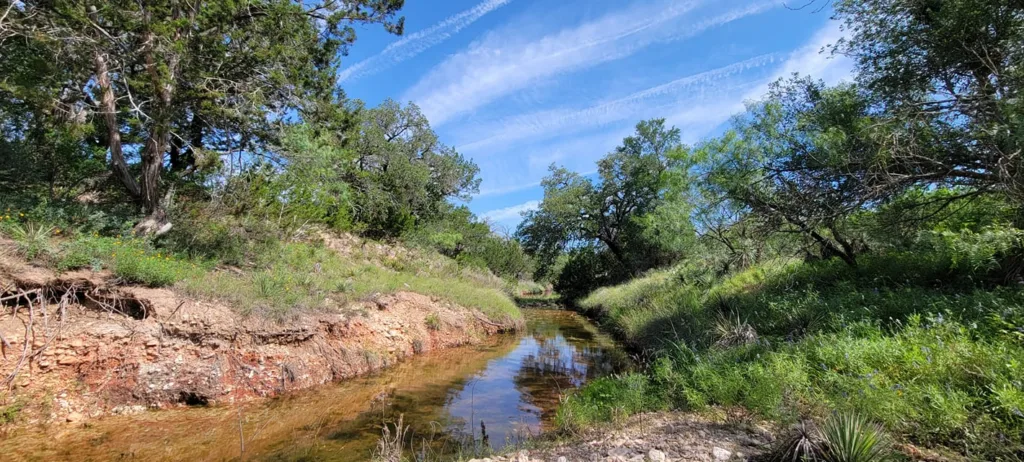May 20, 2023 @ 9:00 am – 12:00 pm
I just wanted to give you a heads up that the regular volunteer day was planned for this Saturday, May 13. However the forecast is looking very rainy. That’s great news for the property, but I won’t force y’all to get out in it!
The rain date for this month is Saturday May 20 from 9 to 11:30 or so. We’ll be collecting seeds and doing some planting.
There will also be an early morning bird survey starting at 7. Our breeding birds should be on site by then.
Please RSVP to Kirsti Harms if you are interested in coming to either of these.
Kirsti Harms
CEO, NPAT Dowell Ranch
Details
- Date:
- May 20, 2023
- Time:
-
9:00 am – 12:00 pm
- Event Tags:
- Austin Calendar
Organizer
- Austin Chapter
- Website
- View Organizer Website



